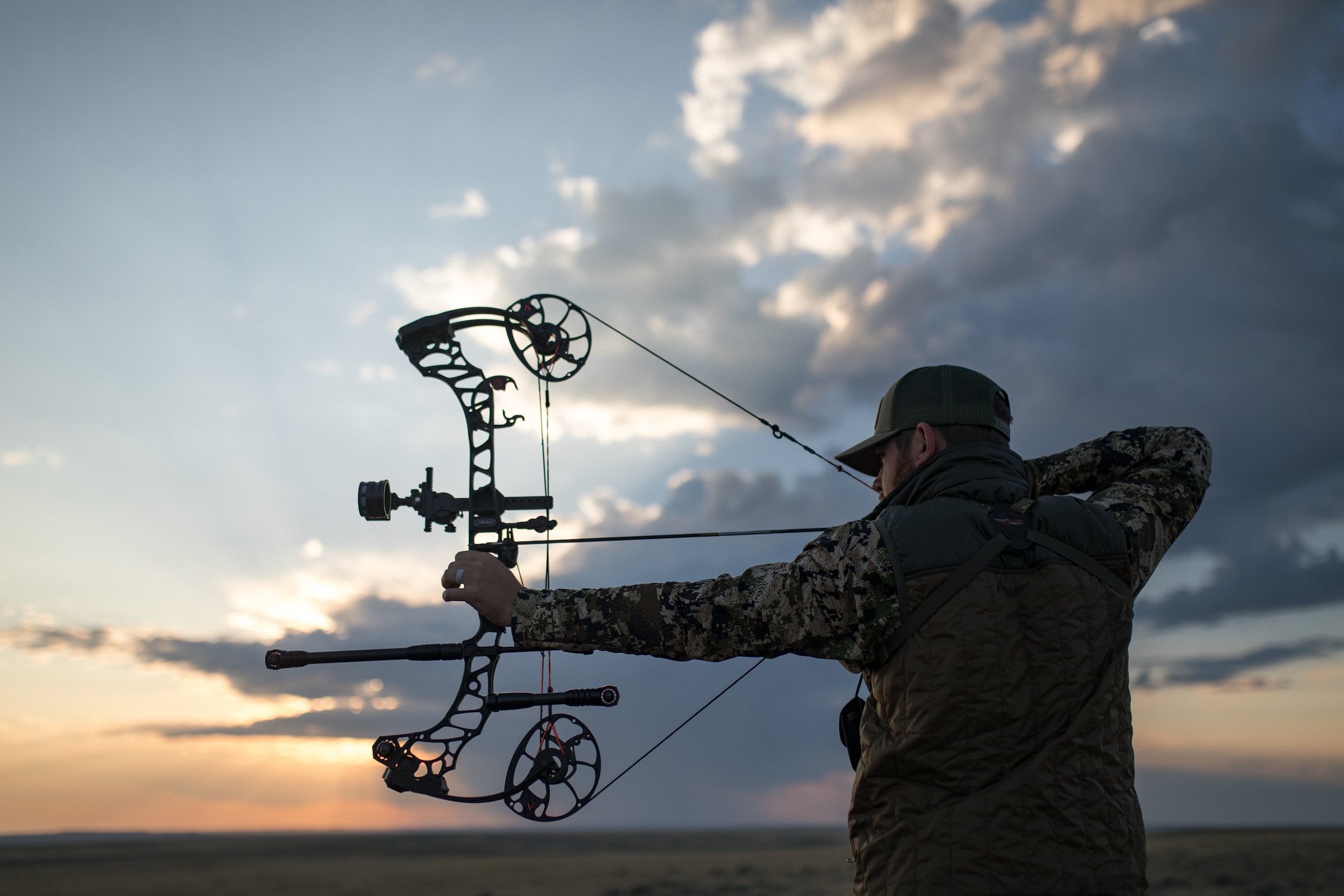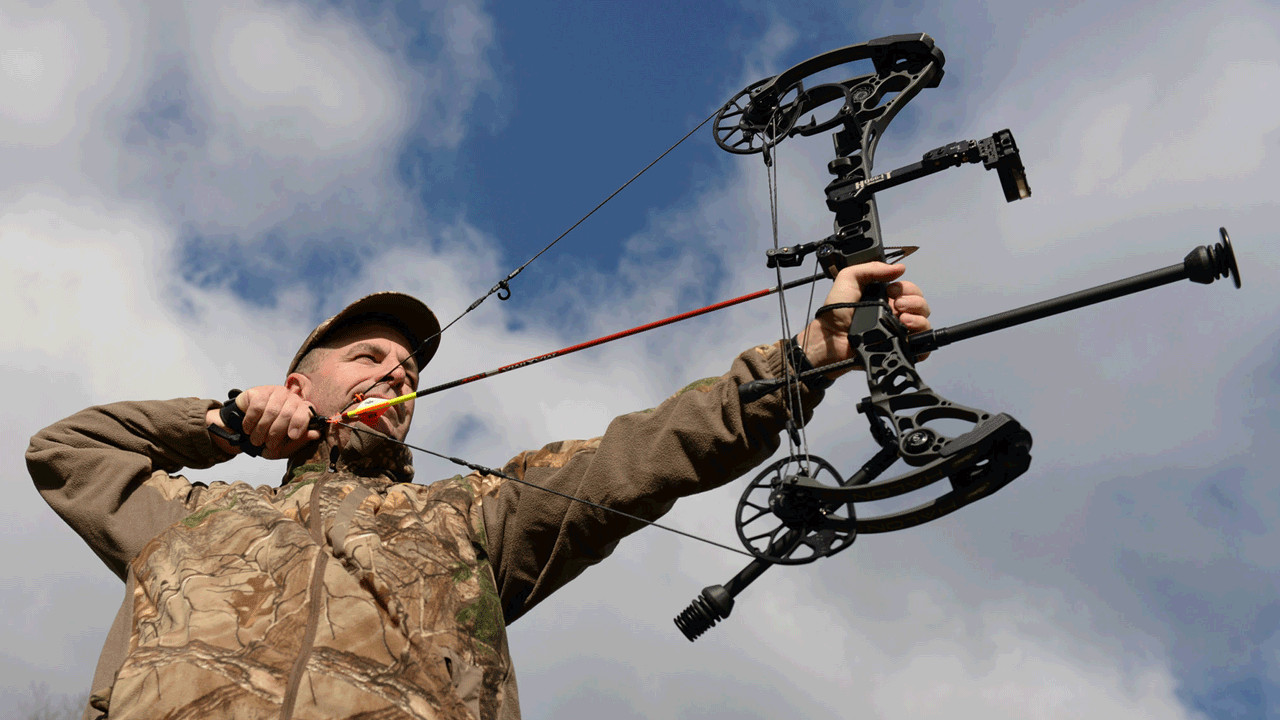Exploring Archery Stabilizers: Finding the Perfect Fit
Exploring Archery Stabilizers: Finding the Perfect Fit
Blog Article
The Ultimate Overview to Selecting the Right Archery Stabilizer for Enhanced Precision
Archery is a sport that requires precision and precision, and choosing the best devices is critical for accomplishing optimum results. Among the different accessories offered, an archery stabilizer plays a significant function in improving precision. However, with many options on the market, it can be overwhelming to establish which stabilizer is the best fit for your demands. In this thorough guide, we will discover the vital elements to take into consideration when choosing an archery stabilizer for improved accuracy. From locating the optimum length to understanding the different styles and materials, we will explore every little thing you require to know to make an informed choice. Whether you are a skilled archer looking to update your tools or a novice looking for support, join us on this journey as we unwind the secrets to picking the excellent archery stabilizer.
Size: Locating the Ideal Stabilizer Length
Determining the perfect stabilizer length is essential when picking an archery stabilizer for optimal efficiency. A stabilizer that is as well long can make the bow feel difficult and top-heavy to control, while a stabilizer that is also brief might not offer enough stability and dampening of resonances.
A longer stabilizer, generally varying from 8 to 12 inches, can supply better stability and minimize bow torque. This is specifically useful for archers that shoot with a high draw weight or those who have a propensity to torque the bow during the shot. The added length assists to disperse the weight equally and counterbalance any torque or motion.
On the various other hand, a much shorter stabilizer, usually between 4 to 7 inches, uses extra maneuverability and quicker action. It is preferred by archers that fire with a reduced draw weight or those that require more flexibility, such as seekers or 3D shooters. The shorter length permits much easier movement with tight areas and faster changes.
Inevitably, the optimal stabilizer size is a matter of personal preference and shooting design. It is recommended to explore various sizes and observe the impacts on security and accuracy. Consulting with skilled archers or experts can likewise give important insights and recommendations.
Weight: Identifying the Appropriate Stabilizer Weight
After taking into consideration the optimum stabilizer size, the following crucial aspect to think about when selecting an archery stabilizer is figuring out the proper stabilizer weight - archery stabilizer. The weight of the stabilizer plays a critical duty in boosting precision and stability during the shot
The weight of the stabilizer influences the equilibrium and control of the bow. A much heavier stabilizer can supply increased security and control, especially for shooters with a propensity for unstable hands or inconsistent shots. It aids to absorb the resonances and recoil generated by the bow, lowering torque and decreasing the result on the arrowhead's flight.
On the various other hand, a lighter stabilizer enables a quicker and more receptive bow. It can be beneficial for shooters who focus on maneuverability and speed over stability. Lighter stabilizers additionally minimize fatigue throughout lengthy shooting sessions or competitions.
To establish the proper stabilizer weight for your demands, it is important to consider your capturing style, physical toughness, and bow arrangement. Explore different weights and observing the impact on your capturing performance is crucial to finding the best balance.
Inevitably, the optimum stabilizer weight will differ for each private archer. It is recommended to begin with a moderate weight and make modifications based on personal choice and shooting outcomes. Remember, the goal is to achieve a stable and regulated shot, while additionally maintaining comfort and convenience of continue reading this use.
Materials: Picking the Right Materials for Resilience and Efficiency
When selecting an archery stabilizer, it is critical to very carefully consider the materials utilized in its construction to make sure sturdiness and maximize performance. The option of products can significantly affect the overall high quality and efficiency of the stabilizer.
One of the most frequently used products for stabilizers is carbon fiber. Carbon fiber uses a high strength-to-weight ratio, making it lightweight yet exceptionally solid. This product absorbs vibrations and decreases bow torque, causing boosted security and precision. In addition, carbon fiber stabilizers are resistant to temperature modifications and are less likely to warp or bend in time.
An additional prominent material for stabilizers is aluminum. Aluminum stabilizers also use a wide range of customization alternatives, enabling archers to adjust the weight and size to match their preferences.
Some stabilizers are constructed making use of a mix of materials. A stabilizer might have a carbon fiber core covered in a light weight aluminum shell. This crossbreed layout incorporates the ideal top qualities of both materials, giving optimum security, longevity, and performance.
Layout: Comprehending the Different Stabilizer Styles and Their Impacts
Taking into consideration the products used in archery stabilizers, it is vital to now explore the different layouts of stabilizers and their respective results. The design of an archery stabilizer plays a vital function in enhancing precision and decreasing resonance throughout the shot. There are several various layouts offered out there, each with its very own distinct qualities.

Another prominent design is the side bar stabilizer. This design involves affixing a short pole to the side of the bow, parallel to the major lengthy rod. Side bar stabilizers help in counteracting the weight of devices, such as quivers or views, and give extra security to the bow.
Some stabilizers feature flexible weights. These stabilizers allow archers to adjust the equilibrium and feeling of their bows by including or eliminating weights. This function is specifically useful for archers who favor a specific weight distribution or intend to try out different arrangements.
Moreover, some stabilizers include dampening technology to lessen resonance and sound. These stabilizers frequently have built-in dampeners or utilize materials that soak up vibrations, resulting in a smoother and quieter shot.

Accessories: Discovering Additional Accessories for Boosted Stability
To better read this boost security in archery, extra devices can be utilized. These accessories are created to work in combination with the archery stabilizer to offer an also greater degree of stability and precision. One such visit accessory is the V-bar or the side stabilizer place. This accessory enables the attachment of a 2nd stabilizer, which assists to balance the bow and lower torque. By distributing the weight uniformly on both sides of the bow, the V-bar aids to reduce any kind of unwanted motion throughout the shot.
Another accessory that can improve security is a bow sling. A bow sling is a band that affixes to the bow and enables the archer to maintain an unwinded hold on the bow take care of without the worry of dropping it (archery stabilizer). This unwinded grasp assists to minimize muscular tissue stress and allows for a more secure and constant shot
In addition, a stabilizer weight system can be made use of to make improvements the balance and security of the bow. These weight systems usually consist of little weights that can be included or gotten rid of from the stabilizer to adjust the equilibrium factor of the bow. By locating the ideal balance point, archers can attain a much more secure and exact shot.
Final Thought
Finally, picking the ideal archery stabilizer includes thinking about aspects such as length, weight, materials, style, and extra accessories. The optimum stabilizer size and weight will certainly depend upon individual choices and shooting design. Selecting sturdy materials is vital for durable performance. Understanding the various stabilizer layouts will certainly help enhance precision. Discovering extra accessories can further enhance security during archery shooting.
Establishing the suitable stabilizer length is critical when selecting an archery stabilizer for ideal performance. A stabilizer that is as well long can make the bow feel top-heavy and hard to regulate, while a stabilizer that is as well brief might not provide adequate security and dampening of vibrations - archery stabilizer.Taking into account the materials used in archery stabilizers, it is crucial to currently delve into the different layouts of stabilizers and their particular impacts. Side bar stabilizers aid in reversing the weight of devices, such as quivers or views, and provide additional stability to the bow
These weight systems generally are composed of tiny weights that can be included or removed from the stabilizer to adjust the balance point of the bow.
Report this page